Bang & Olufsen Beovox CX50 Loudspeaker
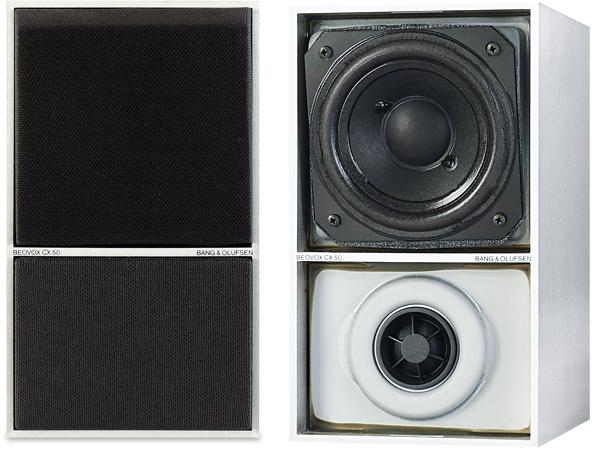
 A covetable compact or a mere nearfield monitor for the acutely design-conscious? We hear how this miniature bookshelf loudspeaker from 1983 shapes up today
A covetable compact or a mere nearfield monitor for the acutely design-conscious? We hear how this miniature bookshelf loudspeaker from 1983 shapes up today
In the frantically fast-paced hi-fi market of the '70s and '80s, it is pleasing to find a product that remained in its manufacturer's catalogue virtually unaltered for years. If something looks good, sounds good and sells profitably why change it? Some products remain available simply because the company making them lacks the resources to do anything different. But that could not be said of Danish brand B&O, which was then at the height of its powers.
The arrival in 1979 of two new small speakers into the company's prestigious Beovox range generated no particular fanfare in that year's brochure. They were neat and stylish, of course, but who could have guessed they would still be in production two decades later? Eventually, no fewer than five different versions would be produced in two distinct series, the Beovox CX50 seen here being one of the most popular.
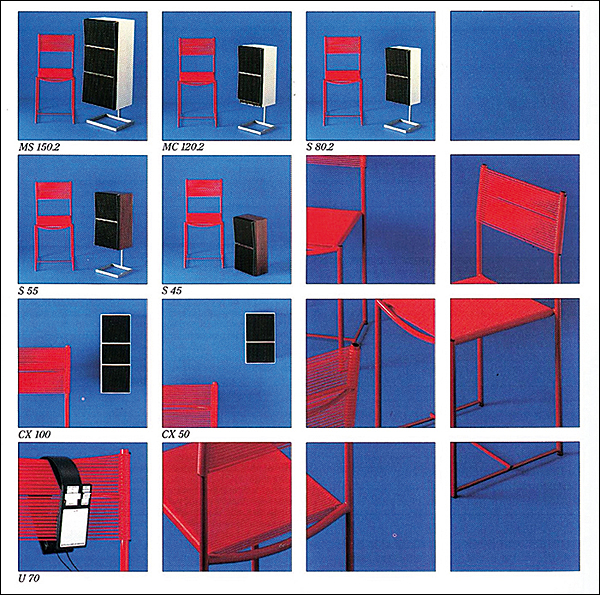
Core Appeal
Like many of the company's products, these loudspeakers made little impact on the enthusiast audiophile market as a whole. However, they were consistently popular with B&O's core clientele – those well-heeled music lovers who demanded top performance and didn't mind paying a bit extra for world-leading industrial design and long service life. In short, B&O owners expected their equipment to be suitably refined for the most detailed of musical study while tough enough to withstand being driven loud and hard at parties.
B&O's new miniatures broke with its tradition for furniture-quality cabinets with fine hardwood veneers. Rather, aluminium extrusions were used, brushed to a satin finish and offered in natural silver or anodised black, both options coming with black cloth grilles.
Two models were available at first: the Beovox C40 and C75. The C75 was just slightly taller than an LP record stood vertically in its sleeve, and could therefore be accommodated easily on bookshelves or in music furniture of the period. The baffle was divided into three sections, with the tweeter in the centre and a woofer above and below.
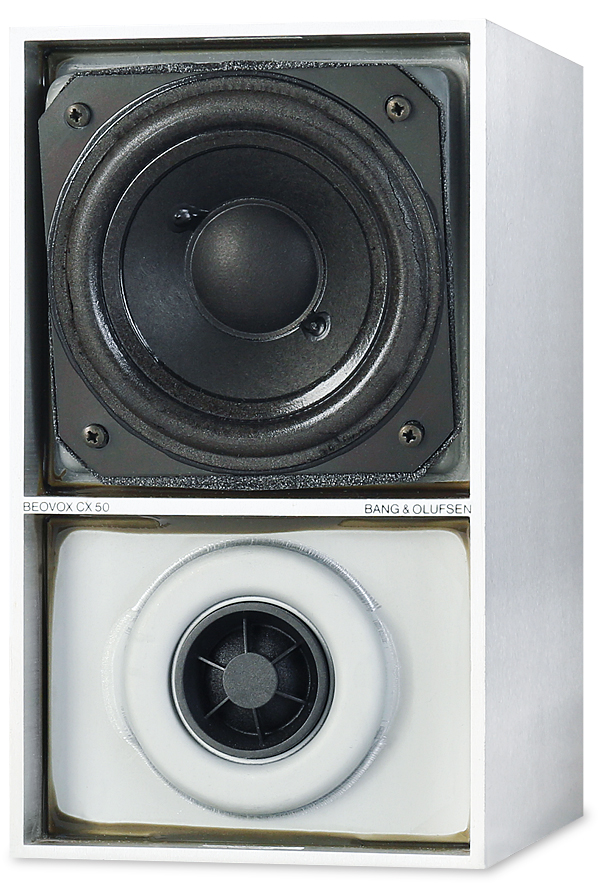
The C40 was essentially the same loudspeaker but without the bottom woofer – the drive units were otherwise the same. The tweeter used was a popular 2.5cm SEAS soft-dome type which seemed large behind the tiny grille where it lived as it was really intended for full-sized loudspeaker models. The 8cm woofers were sourced from Japan and were specially made for B&O. They had unusually large voice coils and magnets for their size, and long-throw suspension with foam roll edges for high-power operation.
Logging On
The model numbers of the new speakers indicated their nominal power handling capacity: 40W and 75W respectively. The range was expanded after a year with the introduction of the C30, a similar model to the C40 but housed in a slightly shallower cabinet. All these designs were optimised for use in small rooms, particularly those where the walls were less than 3.5m apart.
Since B&O owned the largest speaker testing facility in Europe one would expect to find some technical refinements in the design of the Beovox C30, C40 and C75. And they did not disappoint. B&O's designers employed a loading system on the rears of the woofers which they called 'Log Line', named after the fact that the flow resistance through it decayed logarithmically with distance.
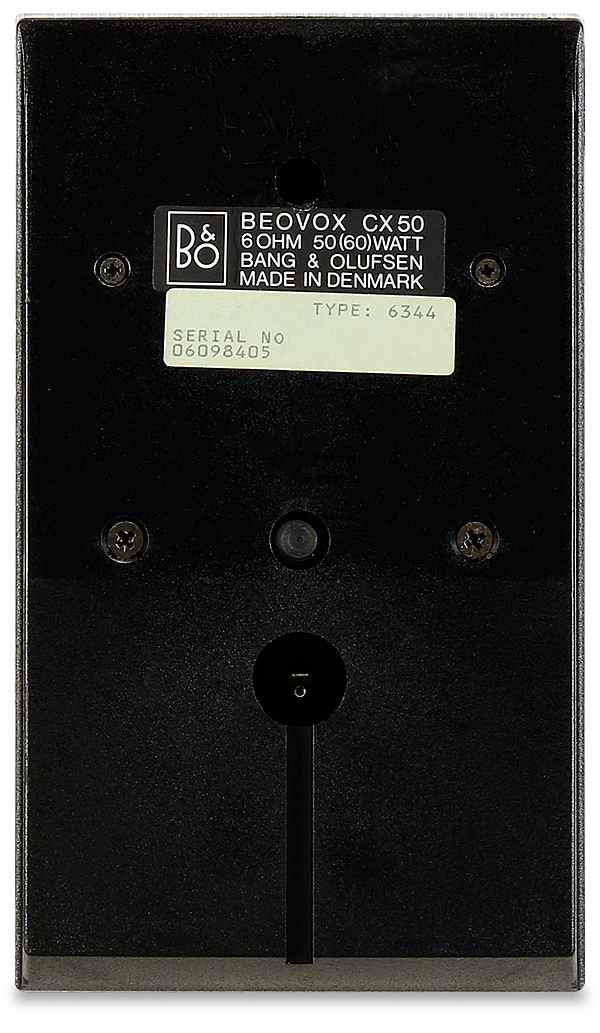
The initial stages of this occurred in the interaction of the woofer(s) and the section where the tweeter was located, which was channelled via a trapezoidal aperture partially covered by features in the moulding of the rear panel of the loudspeaker. The next stage was a ducted transmission-line port leading to a vent at the rear. Going to such lengths was rarely seen in a full-sized loudspeaker design, let alone a miniature one. Like all Beovox speakers of this period, all the 'C' series models were designed to be phase linear, but despite the appearances of the grilles, the drive units were not time-aligned.
Under Pressure
This changed in 1983 when the 'C' series was replaced by 'CX' models, namely the CX50 and CX100. These took over directly from the C40 and C75 and were identical in size, the ultra-compact C30 being dropped at this time. While these loudspeakers retained the internal porting, the external vent at the rear was dispensed with, making the CX series a sealed pressure chamber design. Bass output fell slightly as a result, but overall sensitivity was marginally improved and positioning became slightly less critical.
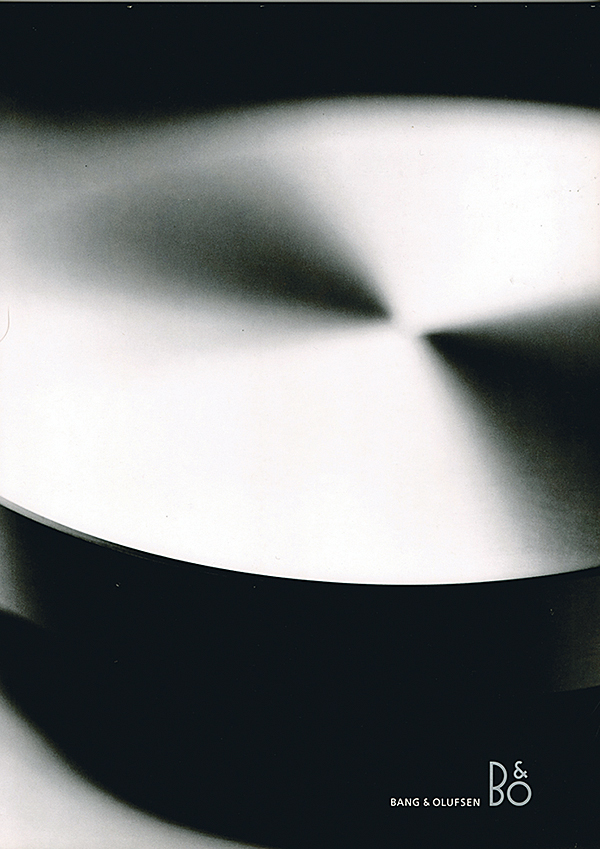
But the CX50 and CX100 did see the introduction of time-aligned drive units, achieved by having the woofers mounted on protruding angled steel pressings bonded into the aluminium cabinet. This mandated a minor change to the design of the woofer since the fixings were now different. Thus, the 'C' and 'CX' woofers are not interchangeable.
In this form, B&O's CX50 remained in the catalogue until 1999, while the CX100 was still present up to 2003 – an impressive run of over 20 years. The option of an all-white and (rare) all-grey finish was added in the late 1980s and during the 1990s the series name was altered from 'Beovox' to 'BeoVox'. Otherwise nothing really changed.























































